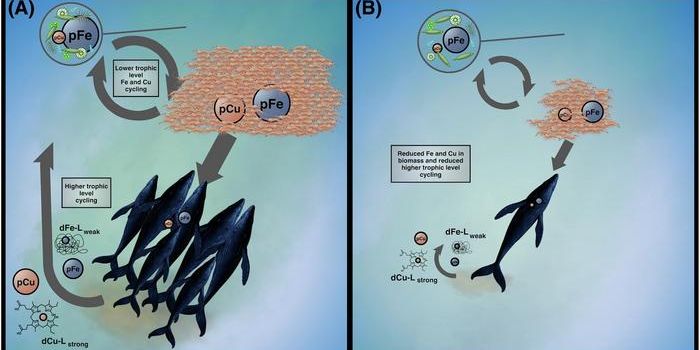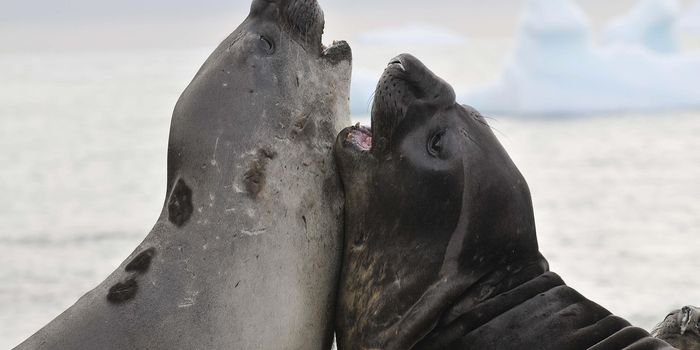Using Seals to Conduct Antarctic Ocean Research
Antarctica is the coldest, driest continent on Earth. As a result, it is virtually uninhabited by humans. At the same time, it contains much of the world's ice and freshwater.
Among many of the continent's fascinating qualities, one that is of particular interest to scientists is the biological activity of the region. While this may sound counterintuitive for a place that is considered a polar desert (very cold and very little precipitation), Antarctica is a very biologically rich region of the world, particularly in the continental shelves beneath the surface of the ocean. Specifically, the interaction between nutrients in ocean waters and Antarctic ice can have a profound effect on life in the region. As such, scientists naturally want to better understand the interaction between warmer and colder waters present in these different regions of the Antarctic and how it shapes life.
The problem, however, is a uniquely human one. Observational vessels and ships have a very hard time getting to areas with landfast ice, which makes it particularly difficult to collect any kind of oceanic data about the interaction between ocean waters, sea ice, and land ice. To overcome this limitation, researchers are turning to a mammal common in the region: seals.
Weddell seals, to be precise. Described in a recent volume of Limnology and Oceanography, researchers attached satellite relay data sensors to Weddell seals, which are known to be deep-diving mammals. The sensors were designed to capture information about conductivity, temperature, and depth of certain sections of ocean water, providing researchers with a swath of data about the circulation of oceanic waters.
From their experiment, researchers found an interesting correlation between season, ocean water characteristics, and wind (derived from existing meteorological data). Warm, low-salinity water was present at the ocean’s surface in the spring, and extended it’s depth as the year went on. Wind seemed to be a key factor in pulling warmer off-shelf waters, which had a beneficial impact on the foraging and hunting behaviors of seals.
Having shown the role that oceanic mammals like seals can play in data collection, researchers hope to conduct more work exploring the impacts of water flow driven by wind in the Antarctic region.
Sources: Eureka Alert!; Limnology and Oceanography








